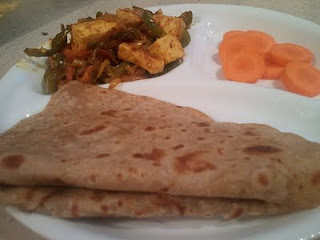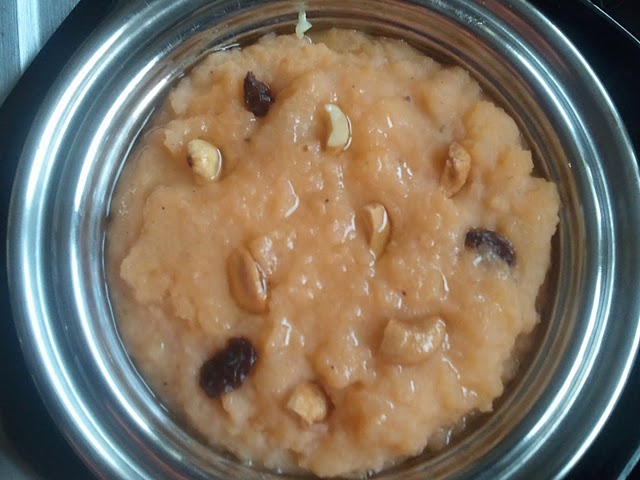Lemon has many nourishing elements like Vitamin C, Vitamin B, phosphorous, proteins and carbohydrates. It helps to stengthen your immunity system ,cleanses your stomach, good for diabetic people, helps constipation problems. Benefits of using lemon is innumerable. So, if someone talks low about lemon rice, explain to them that the "lemon rice, a simple rice dish is an excellent source of all these elements plus good protein and antioxidants ( contributed by ground nuts / peanuts )".
Ingredients
Sona masoori Rice - 1 Cup
Lemon - 1 Big Size or 2 Medium Size lemons
Salt - To Taste
Turmeric Powder - 1 tbsp
Coriander Leaves - To garnish
Grated Ginger - 2 tsp
Grated Ginger - 2 tsp
For Tempering
Olive Oil - 2 tbsp
Gingelly Oil ( Nalla yennai / Til Oil ) - 1 tbsp
Gingelly Oil ( Nalla yennai / Til Oil ) - 1 tbsp
Asafoetida / Hing - 1 tsp
Mustard Seeds - 1 tbsp
Jeera - 1 tbsp
Channa Dal ( Kadalai Paruppu / Senaga Pappu ) - 1 tbsp
Urad Dal ( Ulutham Paruppu / Mina Pappu ) - 1 tbsp
Curry Leaves - 1 stem
Ground nuts / Peanuts - 1 full handful
Dry Red Chillies - 2 medium size.
Dry Red Chillies - 2 medium size.
Green Chillies - 1 big one.
Method
Method
- Cook the Sona Masoori Rice first in a pressure cooker or electric cooker separately. Dont cook the rice in pasty form. Let it cool for sometime.
- In the kadai, on a medium flame, add the Olive oil first. When its heated, start adding Mustard seeds, jeera first.
- When it sputters, add channa dal, urad dal and ground nuts into it. Slowly fry the contents so that they dont turn black or over fried.
- Add dry red chillies, curry leaves, asafoetida, green chilly, grated ginger into the kadai. Fry it for a minute.
- Switch off the heat. Add turmeric powder into the kadai.
- Add the cooked rice into the kadai slowly and mix all the contents with the rice perfectly.
- Add the squeezed lemon juice and salt into the rice now. Mix again for few more rounds till the salt and juice spread uniformly.
- Add the Sesame Oil to the lemon rice and mix once again.
- Garnish with coriander leaves and serve.
Variations
Amount of oil and lemon juice vary depending on your taste.
Also, if you are generous, you can add a handful of Cashewnuts along with peanuts in your lemon rice which makes it rich.
You can also add 1 tbsp of sesame powder ( white ellu podi ) if you want to reduce the sourness of the lemon in your rice, it tastes very good.






























